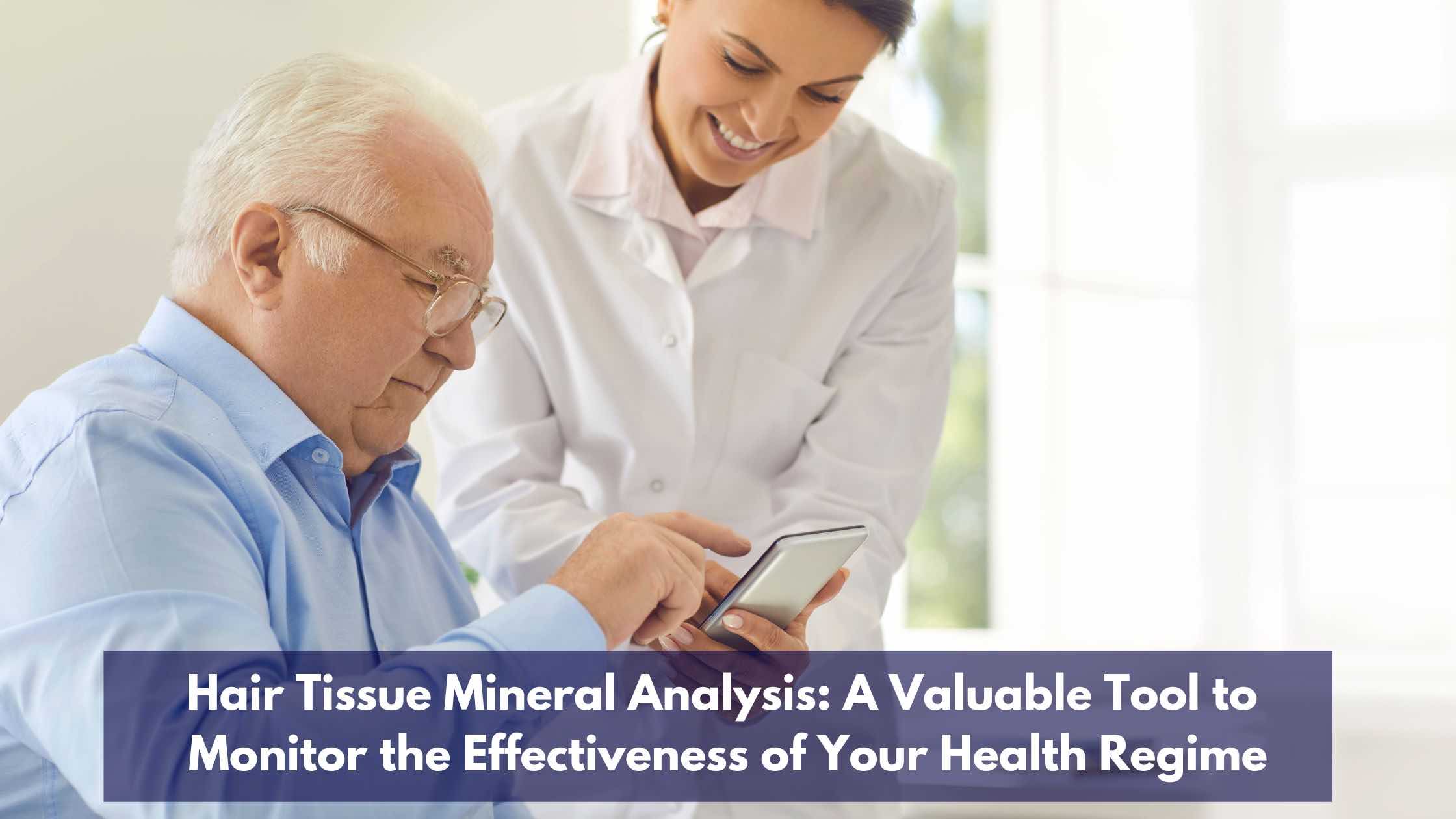Introduction
Maintaining optimal health is a lifelong journey, and everyone has their own unique health goals and challenges. Whether you’re striving for improved energy levels, weight management, or overall well-being, it’s important to have an effective health regime in place. While there are various ways to assess your progress, hair tissue mineral analysis (HTMA) has gained popularity as a valuable tool to monitor the effectiveness of your health regime. In this article, we’ll explore what HTMA is and how it can help you track your health journey.
Understanding Hair Tissue Mineral Analysis (HTMA)
HTMA is a non-invasive diagnostic test that analyzes a small hair sample to evaluate mineral imbalances and toxic metal exposure in the body. The test provides valuable insights into the levels of essential minerals, such as magnesium, calcium, zinc, and potassium, as well as heavy metals like lead, mercury, and arsenic, that may accumulate in your system over time.
The Science Behind HTMA
Hair is an ideal tissue for mineral analysis because it acts as a reservoir, reflecting the mineral content of the body’s tissues over a specific period. As hair grows, it incorporates minerals and toxins from the bloodstream, providing a historical record of your overall mineral status and potential toxic metal exposure. This makes it a useful indicator of long-term nutritional deficiencies and imbalances.
How HTMA Can Monitor the Effectiveness of Your Health Regime
- Identifying Nutritional Deficiencies: HTMA results can help identify potential mineral deficiencies in your body. By analyzing the mineral ratios and levels, you can assess if your current health regime is providing adequate nutrition. For example, low levels of essential minerals like magnesium and zinc may indicate a need for dietary adjustments or supplementation.
- Tracking Progress and Adjusting Supplementation: If you’re incorporating supplements into your health regime, HTMA can help monitor the effectiveness of your supplementation. By retesting periodically, you can determine if your supplement regimen is effectively addressing any previously identified mineral deficiencies. Adjusting the dosage or switching to different formulations can be done based on the analysis.
- Detecting Toxic Metal Exposure: HTMA can reveal the presence of toxic metals in your body. Exposure to heavy metals can lead to various health issues, including fatigue, cognitive impairment, and compromised immune function. Monitoring the levels of toxic metals through HTMA allows you to assess if your health regime is effectively minimizing exposure and promoting detoxification.
- Personalizing Your Health Regime: Each person has unique nutritional needs, and a one-size-fits-all approach may not yield the desired results. HTMA can provide insights into your individual mineral patterns, helping you personalize your health regime to optimize your overall well-being. By addressing specific mineral imbalances, you can target your health goals more effectively.
The Importance of Professional Interpretation
While HTMA can be a valuable tool for monitoring the effectiveness of your health regime, it’s crucial to have the results interpreted by a qualified healthcare professional or nutritional balancing practitioner. They can provide insights into the significance of mineral ratios, identify potential underlying causes of imbalances, and guide you on appropriate dietary adjustments or supplementation protocols.
Conclusion
Monitoring the effectiveness of your health regime is essential to achieve your desired health outcomes. Hair tissue mineral analysis (HTMA) offers a unique perspective by evaluating mineral imbalances and toxic metal exposure. By incorporating HTMA into your health journey, you can identify nutritional deficiencies, track progress, detect toxic metal exposure, and personalize your health regime. Embrace HTMA as a powerful tool to optimize your well-being and embark on a path to lasting health.

